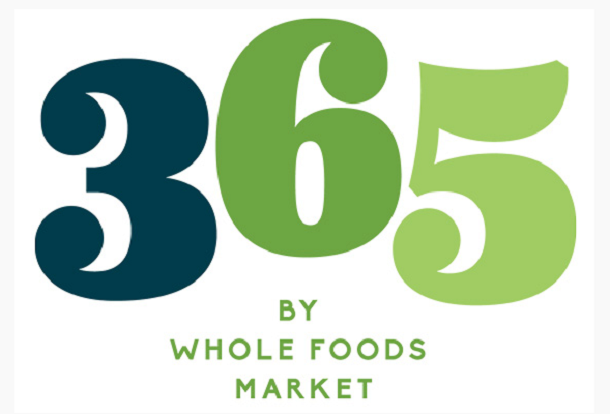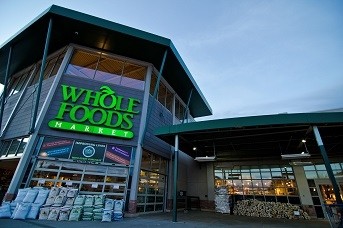Whole Foods defends its prices and explains source of new value chain's savings

The “market is looking for a new bottom with respect to pricing as a lot more folks are jumping in,” co-CEO of WFM Walter Robb said, referencing the entrance of big box stores, such as Walmart, into the organic space, which for years was cornered by Whole Foods.
But, “Whole Foods stands for bringing quality food, quality standards” and it will not compromise those values to “chase these things down at the bottom around the cheapest possible food. … That’s just not who we are,” Robb added, casting doubt on the quality of competitors’ produce.
“Let’s just be honest and say that its true” that quality food costs more to produce, he told attendees at William Blair and Company’s Growth Stock Conference June 11.
For example, he asked: “How do you put a price on a level for pastured chicken? It has a different flavor. It’s been raised on the ground for five weeks longer” and that costs more.
With that in mind, he said, Whole Foods has established a cost structure that “allows us to be right where we want to be with both value and values” and it can only go down “so far so fast [while] guarding the experience at Whole Foods that people have come to appreciate.”
That said, the upcoming launch of 365 by Whole Foods Market is a way for the company to “attack the value, quality proposition in a different way and still maintain the integrity of what Whole Foods Market stands for in the market place.”
He reiterated that the new format, which will begin opening in the first half of 2016, will be “exciting,” “fresh” and “light on its feet.”
Robb and the new format’s president Jeff Turnas reiterated that the lower prices at the new format will not be due to lower quality products.
How 365 can offer lower prices
The savings that 365 will pass on to consumers will come in part from how the retailer buys the products sold, Robb said, suggesting individual stores will have less flexibility in what they stock, which would give the retailer more power to buy in bulk at a lower price.
“We are going to create a concept for our regions, our good operators, to execute. So, the ability to outside of that will be a lot different than what it’s been at Whole Foods” where the regional presidents have more autonomy and make more decisions, Turnas said. In short, he added, “365 will be more curated.”
Robb also assured investors that the curation will include produce, but he said, “it’s just going to be done a little bit differently.”
Savings will come from reduced building, labor costs
365 also will be able to offer food at lower prices because the physical stores will be build and developed at a lower cost, Robb said.
He explained that 365 wants to cut in half the time and amount of funds it takes to open a new store so that It is easier to bring products at a better price point.
For example, he suggested: “There is a lot less marble. There is a lot less steel. There is more wood. There is more inexpensive ways to create a really great savings” while still ensuring a quality experience.
He also said the lower food prices will come from cost savings related to a different labor model. While he did not elaborate on what that model will look like, Turnas previously said the employees at the new forma will be knowledgeable experts.







